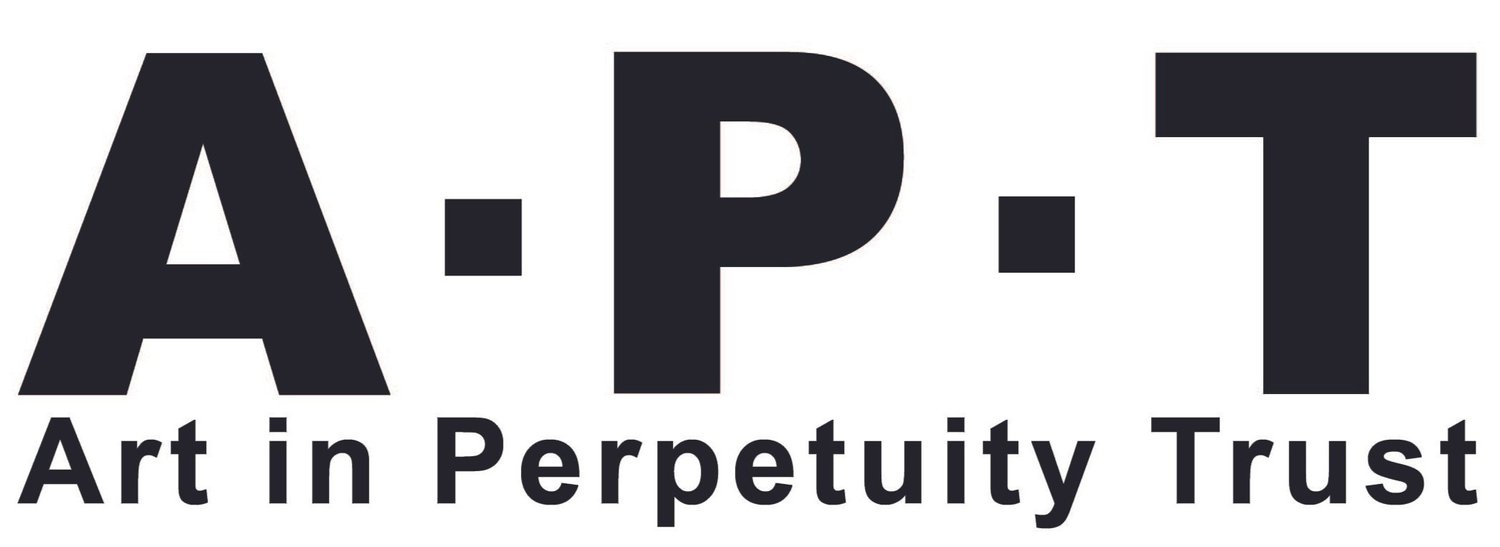NICOLA RAE
Nicola Rae’s art practice engages with sound visualisation and sonification in response to astrophysical data and online archives. Scientific processes are explored in installations that include digital technologies, analogue equipment and physical computing. Since 2008, a series of installations visualising the sonic have responded interactively to a variety of acoustic sources and microphones picking up co-produced sound as well as site responsive experimentation. Other sound frequency installations have responded to online recordings of electro-acoustic phenomena as well as interdisciplinary collaborations with scientists and their research data.
Recent commissions include a SPINE artist/scientist collaboration to coincide with the National Astronomy Meeting at Lancaster University (NAM 2019). International exhibitions include LUMEN exhibitions 2019, 2020; collateral exhibitions at Venice Biennales during 2009, 2013, 2017; Cyberfest 9 at the State Hermitage Museum, St Petersburg, 2015; Partial Presence, Zabludowicz Collection, 2015; CUBE 4x4x4, Mannheim 2011, 2012, 2017, 2018; Perduto Padre, Museo d’Arte Moderna Ugo Cara, Muggia-Trieste, Italy, 2015.
Collectively initiating and co-curating exhibitions with others has become another important aspect of Nicola Rae’s working process as an artist. Encouraging longer set up times that allow for on-site experimentation and collaboration is of continuing interest. Her art practice has been based at APT Studios in Deptford since 1995. Later studies have included an MA in Contemporary Art Theory at Goldsmiths (2009-11), and an MA Art & Design Education at the Institute of Education (2006-8). Since 2006 she has been employed at University of the Arts London, working at Camberwell, Chelsea and Wimbledon Colleges of Art in a variety of roles. As a founder member of the Digital Maker Collective based at UAL, she has collaborated on projects at Tate Exchange during 2017, 2018 and 2019.
In 'Remote Sensing Sonification: Jupiter Aurorae', 2019, astrophysical data was converted into sound, which was then re-visualised into images using a sound emission analyser. The resulting partially glitched images were projected through acrylic tubes into revolving structures referencing auroral phenomena and Echelle spectrographs. This interdisciplinary collaboration was with the Astrophysics department at Lancaster University and focused on sonifying Dr Sarah Badman’s research into Jupiter’s aurorae. The installation was inspired by blind astrophysicist, Wanda Diaz Merced, who experiences and interprets space data through sonification.
Remotely sensed auroral data from Jupiter has been processed using sonification software that converts digital images into sound. This sonic data has then been re-analysed back into visualisations that include some partial glitching. The re-visualised auroral data has been projected through large acrylic tubes to become revolving striated structures that recall Echelle spectrographs. This installation is inspired by blind astrophysicist, Wanda Diaz Merced, who experiences and interprets space data through sonification. The research data was accessed through Dr Sarah Badman in an art science collaboration with Lancaster University during summer 2019. Sarah’s original Hubble Space Telescope observations of Jupiter’s ultraviolet aurorae were mostly captured in 2014, when Juno was orbiting Jupiter and receiving radio waves in response to magnetospheric activity. The complex interrelationship between these two sets of data became the focus of Sarah’s research and later my installation. The nearest projection focuses on the sonification of Sarah’s observations of Jupiter’s aurorae. The furthest projection focuses on sound visualisations of radio signals received by Juno from Jupiter and recorded by the Waves instrument (University of Iowa). Web page: http://www.nicolarae.co.uk/projects/sound-frequency%20projects/2019-through-the-looking-glass/2019-through-the-looking-glass.htm
LINKS
Nicola Rae on vimeo
Nicola Rae is also a staff researcher at UAL, University of the Arts London. Her research outputs can be found here.
She is also involved with the Beta Society, supporting diversity, equality and access to technology in education and the arts. Of particular interest, the Action:Space part of the Tate Exchange event in 2019, involving the Digital Maker Collective, Black Thrive and Child Rights International Network.
Partial Lunar View: Vostok-VI, 2020 Lumen Crypt Gallery
Partial Lunar View: Vostok-VI, 2020 Lumen Crypt Gallery
Sonic Sensing, 2017 with Digital Maker Collective at Tate Exchange
Schlieren Waves Live, 2016 APT LIVE and Deptford X Fringe
The sounds within 'Meteor Radio Echoes: Southern Taurids', 2019 are terrestrial VHF signals deflecting off the ionization trails of meteors burning in the upper atmosphere. They have been visualized through a sound emission analyser and projected onto a 20” glass Fresnel lens from a Mole Richardson searchlight. The radio echoes are from the annual Southern Taurids meteor shower associated with the periodic comet Encke and were recorded through livemeteors.com. The meteors were detected in Washington with a Yagi antenna pointing at a TV Tower in Canada. The intention was for the meteor echoes to be broadcast live but technical difficulties led to the decision to recreate this work live outside at night at a later date. http://www.nicolarae.co.uk/projects/sound-frequency%20projects/2019-immiscibiliti/2019-meteor-taurids.htm
Yonder/Yander, 2019 Beta Society, Digital Maker Collective, Tate Exchange






